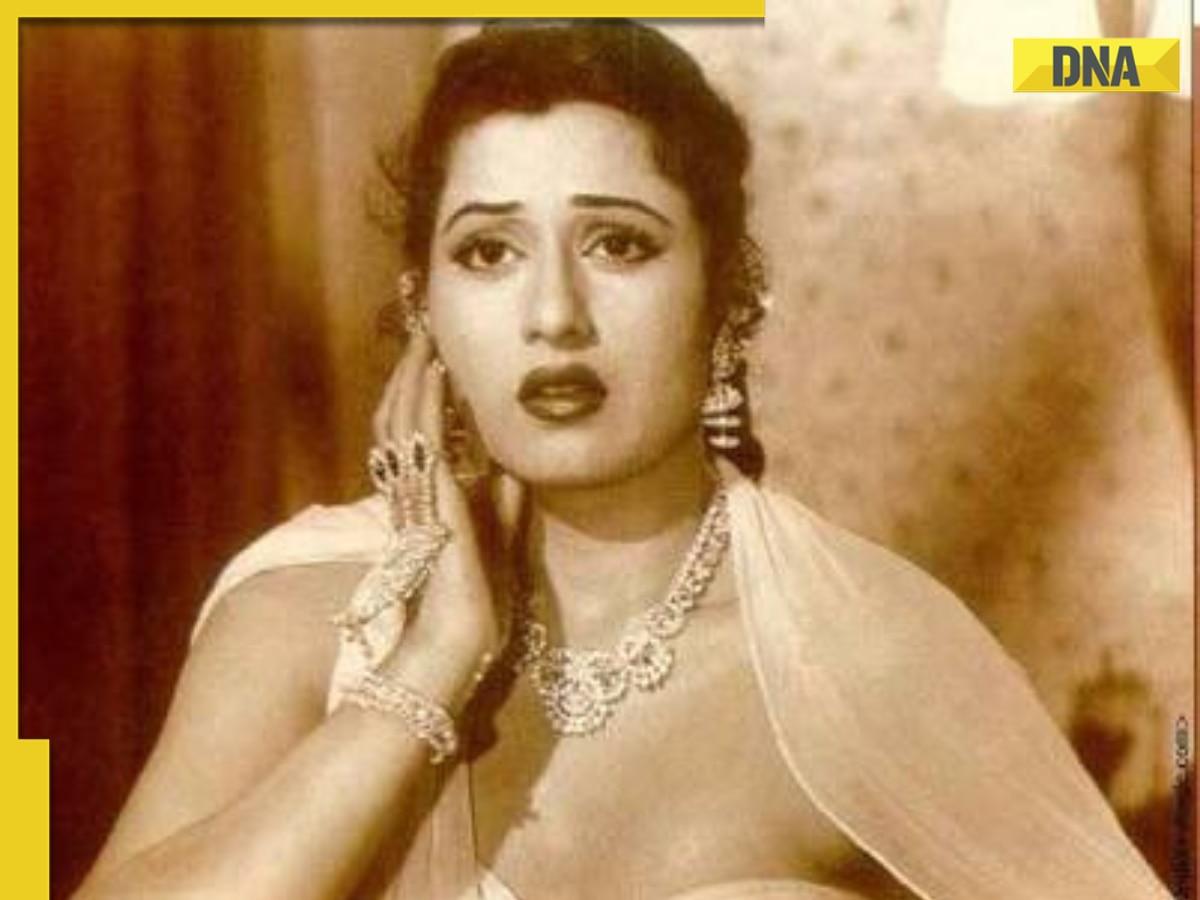
The Indian Cinematograph Act of 1918 was initially established to govern the content of films in India after World War I. By the 1930s, as silent films transitioned into “talkies,” and cinema began encompassing a wider spectrum of genres and realistic storytelling, the demand for amendments to this legislation grew louder. Consequently, in 1949, a significant amendment was introduced, enabling the certification of films based on age categories. This marked the birth of India’s first A-rated (adults-only) film in 1950, igniting a whirlwind of controversy.
India’s cinematic landscape took a dramatic turn in 1949 when the filmmaker KB Lall announced his venture, Hanste Aansoo. The film, a family comedy-drama, starred a 16-year-old newcomer Madhubala in the lead role, supported by actors Motilal, Gope, and Manorama. Released the following year, Hanste Aansoo etched its name in history by becoming the first Indian film to receive an A certification. The authorities contended that its content, which delved into themes of domestic abuse, portrayed a married woman working in a factory, and included double-meaning jokes, necessitated this certification.
Hanste Aansoo narrated the poignant story of Usha, played by Madhubala, who endures physical abuse at the hands of her husband Kumar, portrayed by Motilal. Usha eventually leaves her abusive home and embarks on a solo journey advocating for women’s rights, a progressive and courageous theme for that era. The depiction of Usha as a factory worker clashed starkly with the then-prevailing societal norms, where women were expected to be loyal and subservient housewives. These unconventional portrayals provoked discontent among conservative middle-class audiences, who labeled the film as immoral and an attack on family values.
The furor surrounding Hanste Aansoo paradoxically assisted its box office performance. The film’s controversy piqued public curiosity and coincided with the release and success of another film, Mahal, which catapulted the young Madhubala into stardom at just 16 years of age. Consequently, audiences flocked to theaters, resulting in Hanste Aansoo running to packed houses for several weeks. However, as the initial curiosity waned, so did the film’s box office collections, reducing its status to a moderate success rather than an outright blockbuster.
.
Trade journalists of the time contended that the film’s adults-only certification played a substantial role in limiting its broader appeal. Such certification restricted family audiences, a significant demographic of the movie-goers, from viewing the film, thereby curtailing its financial prospects.
Despite the controversy, Hanste Aansoo’s journey underscored an important phase in the evolution of Indian cinema. The film not only spotlighted the capability of cinema to tackle bold and socially relevant subjects but also highlighted the power of public discourse in shaping a film’s commercial destiny.
In retrospect, Hanste Aansoo contributed to a shifting paradigm within the film industry, encouraging filmmakers to explore diverse and often contentious subjects. This shift also pressured regulatory authorities and societal watchdogs to reconsider their stances on censorship and the thematic boundaries of cinema.
Moreover, the film’s moderate success didn’t overshadow Madhubala’s meteoric rise. Her performance in Hanste Aansoo, combined with her success in Mahal, cemented her position as one of Bollywood’s most beloved stars. It showcased Madhubala’s talent and resilience in navigating and triumphing over initial controversies and criticisms.
The amendment of the Indian Cinematograph Act in 1949, leading to the A certification, significantly influenced subsequent film productions. By introducing age-based categories, it provided filmmakers the creative freedom to explore adult themes while ensuring that content was appropriately classified for audiences. This milestone was essential in the maturation and diversification of Indian cinema.
In conclusion, while Hanste Aansoo may not have shattered box office records, its role in the historical tapestry of Indian film is indisputable. It symbolized a pivotal moment where art challenged social norms and regulations adapted to envelope greater creative expression. This landmark movie exemplified how cinema, irrespective of its commercial outcome, could serve as a catalyst for societal reflection and change.












